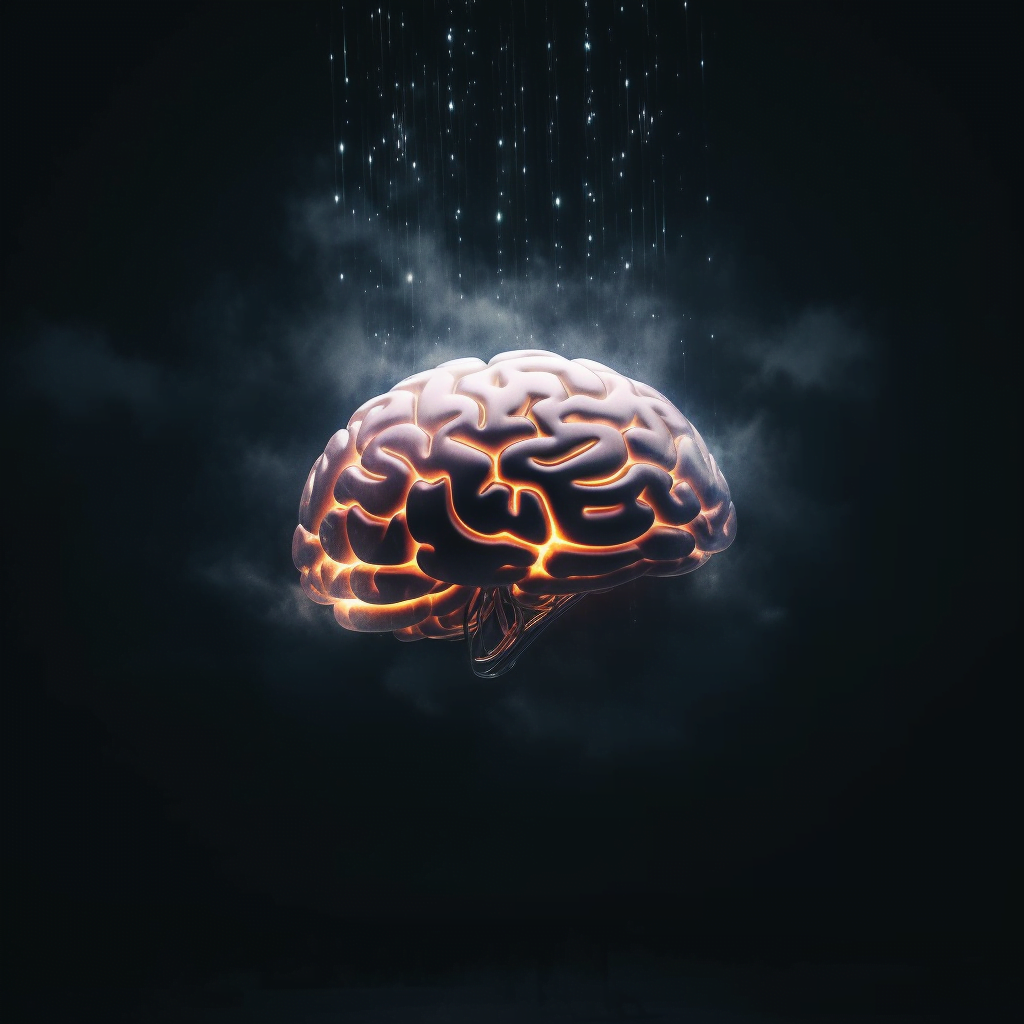
In psychology, a microsystem is all the people, groups, and institutions that are involved in a child’s development. It’s a part of the ecological systems theory created by Urie Bronfenbrenner. In the full theory, there are five proposed environmental systems: microsystem, mesosystem, ecosystem, macrosystem, and chronosystem. That’s a lot of stems.
What is a Microsystem in Psychology?
In the wild world of psychology, a microsystem is like a child’s personal cheerleading squad. It includes all the people, groups, and institutions that help shape a child’s development. Think of parents, teachers, friends, and even the local playground.
Urie Bronfenbrenner, the brainy inventor of the ecological systems theory, proposed five environmental systems that work together in a child’s life: microsystem, mesosystem, exosystem, macrosystem, and chronosystem. That’s enough stems to make a bouquet!
Meet the Microsystem: The Personal Cheerleading Squad
A microsystem is like a cozy nest where a child’s development takes flight. It’s the immediate environment where kids spend most of their time, with the people and places that have the greatest impact on their growth. So who’s on this cheerleading squad, you ask? Let’s meet some of the key players:
- Parents or caregivers: The head cheerleaders who provide love, support, and a roof over their child’s head.
- Teachers: The wise owls who impart knowledge and help kids spread their wings academically.
- Friends: The trusty sidekicks who join kids on the playground and share in their adventures.
- Neighborhood: The familiar stomping ground where kids learn to navigate the world around them.
- School: The bustling hive where kids learn, socialize, and occasionally get into a bit of mischief.
How Microsystems Shape Childhood Adventures
Think of a microsystem as the stage where a child stars in their own life story. Each character in the story – parents, teachers, friends – plays a unique role in shaping the child’s development. Positive interactions within the microsystem can lead to a happy, well-adjusted child, while negative experiences may result in a bumpy ride on the road to adulthood.
The Power of Positive Reinforcement
When a child’s cheerleading squad is on point, kids can feel like they’re on top of the world. Positive reinforcement from parents, teachers, and friends can boost a child’s confidence, encourage good behavior, and help them reach new heights in their development.
Navigating Rough Waters
However, sometimes life throws curveballs, and even the best cheerleading squad can face challenges. Conflicts within a child’s microsystem, such as arguments between parents or bullying at school, can create rough waters for a child to navigate. These experiences may impact their emotional well-being and overall development.
Examples of Microsystems in Action
To better understand the role of the microsystem in a child’s life, let’s dive into some examples.
- The Supportive Family: In this microsystem, parents provide a loving and nurturing environment for their child. They offer praise and encouragement, helping their child grow into a confident and resilient individual.
- The Inspirational Teacher: A dedicated teacher recognizes a student’s unique talents and provides extra support and encouragement. This boost in self-esteem empowers the student to excel academically and pursue their passions.
- The Close-knit Friend Group: A group of friends shares common interests and offers mutual support, creating a sense of belonging for each member. This positive social environment contributes to the emotional well-being of each child in the group.
In conclusion, a microsystem is the all-star cheerleading squad that helps shape a child’s development. It’s a crucial part of the ecological systems theory and offers valuable insights into the way children grow and learn. So give a big round of applause for the mighty microsystem and its essential role in nurturing the next generation of stars!




